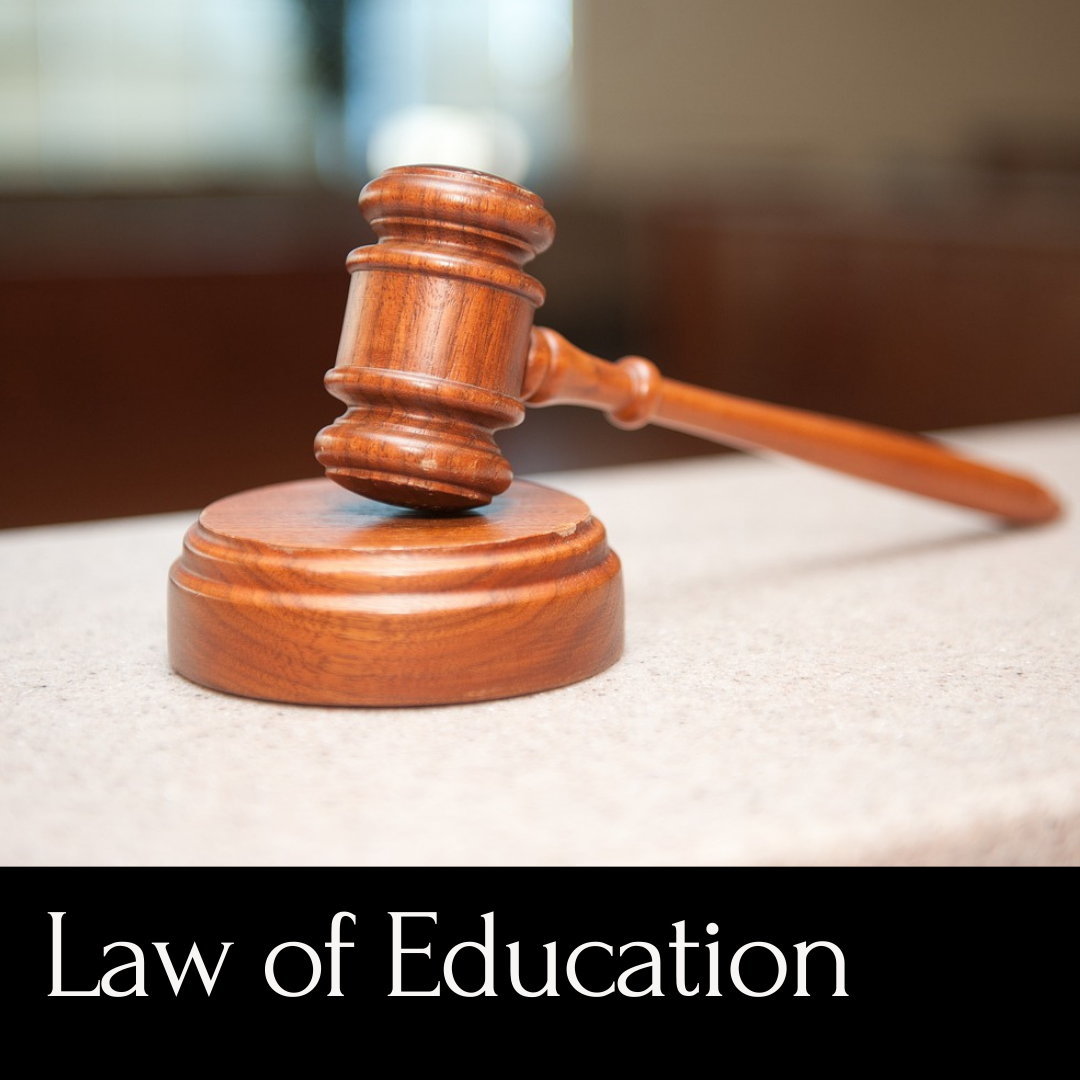
Law of Education
State Education Laws
Article 7 of the Texas Constitution requires the state “to establish and make suitable provision for the support and maintenance of an efficient system of public free schools." The Texas Education Agency, or TEA, which is overseen by the State Board of Education, carries out this mandate by setting academic standards, administering the distribution of state and federal funding, and administering the statewide assessment program for all Texas public schools.
The TEA adopts rules to implement the Texas Education Code, which includes statutes passed by the state legislature. The Texas Education Code and TEA rules apply to most educational institutions that are supported in whole or part by state tax funds, which includes Tyler ISD and more than 1,200 other school districts in the State of Texas. While Independent School Districts set their own budgets, the State decides, based on a number of formulas, how much funding each school district is entitled to use.
Federal Education Laws
The No Child Left Behind Act of 2001 (NCLB), aimed to close the achievement gap between groups of students through greater accountability and increased flexibility and choice. The Every Student Succeeds Act (ESSA) was signed by President Obama on December 10, 2015, and aimed to grant flexibility to states regarding specific requirements of NCLB in exchange for rigorous and comprehensive state-developed plans designed to close achievement gaps, increase equity, improve the quality of instruction, and increase outcomes for all students.
Special Education is subject to a specific set of state and federal rules and regulations, including the Individuals with Disabilities Education Act (IDEA), which is the collection of federal regulations for special education that ensures a free and appropriate public education (FAPE) for students with disabilities who attend public schools and requires that each public school provide services to eligible special education students in the least restrictive environment (LRE) and in accordance with each student’s individualized education program (IEP).
